Rare Rides Icons: The Lincoln Mark Series Cars, Feeling Continental (Part XLVI)

Last week we examined the curvaceous organic exterior styling the new Mark VIII wore for its 1993 debut. As one of the early offerings from the Super Smooth Soap Bar School of Design that arrived in the Nineties (think Chrysler LHS, Lexus SC 400, Toyota Celica), the Mark VIII looked much different from the more conservative Mark VII. And it had an interior design aesthetic to match. Beware: Sweeping swaths of plastic lie ahead!
The Mark VIII attempted to return to a driver-focused interior and emphasize the sports luxury theme the LSC trim of the Mark VII established. After LSC appeared, it was immediately clear that a sporty personality was the only way forward for the personal luxury coupe. And though the Mark VII started out with a more driver-focused interior design, the look was weakened with an interior update in 1990. The arrival of a driver’s side airbag brought with it a more horizontal, softer dash design. It also heralded the return of 1970s-style button tufting for the Bill Blass trim.
Even at the end of its run in 1992, the Mark VII’s interior was firmly planted in the early Eighties. Square everything, an upright center stack, and a generous application of very shiny wood (or black trim in the LSC). The Mark VIII’s interior had as few hard edges as possible, with a forward-looking sweeping dash design. The smooth lines of the dash carried straight into the door panel, where the sculpted shape of the dash continued unabated.
The dash was visually separated into two horizontal sections: The upper portion contained gauges and light switches for the driver as well as a clock and information center display. The lower portion housed vents, information center controls, stereo, climate controls, and other ancillary controls. Visual separation was stark in cars with interiors other than black. The upper dash section was finished in black in all cars, while the lower section was color matched to the seats. Even the steering wheel was fully color-keyed, which no manufacturer offers today.
There were some vague similarities in dash design between Mark VII and VIII, notably how the gauge cluster on Mark VIII was still separated into three distinct square sections. From left to right the gauges included a tachometer, speedometer, and combination temperature and fuel. The division between the gauges was just a gesture on the Mark VIIIl; in the Mark VII each section was deep in its own housing.
Lighting controls were to the left of the gauges, exactly where they were in the Mark VII. The new design used lighted and recessed cut-outs for the switch labeling which looked a bit downmarket. To the right of the driver was the center stack, which used a much taller center console than the Mark VII to add a driver-focused cockpit-like feel.
Driver and passenger were separated by the sweeping console design, which curved upward as it headed between the seats and held an integrated center storage area. This was a stark contrast to the Mark VII with its much lower center console and tall, separate armrest design.
All controls in the center stack were angled toward the driver for ease of use. Viewed from the passenger side, it’s very apparent how driver-focused the cabin’s design was. In front of the passenger was a standard airbag, a sweeping two-tone dash panel, and little else.
Traditionalists would note the Mark VIII’s interior lacked wood trim except the center console. Additionally, the interior was sans chrome! A first for any Mark, all surfaces were black or matched the interior trim. Even interior door pulls were color-keyed to the leather. Credit to the designers at Lincoln, the two-tone look managed to elevate the interior’s appearance without going full-on gauche Cartier Designer Series themed like past Marks.
The Mark VIII’s door panels opted for a swoopy modern look to match the rest of the interior and wrapped around the driver and passenger. The design was more cohesive and much less formal than the Mark VII. Also less formal were the seating arrangements.
The Mark VII offered very traditional PLC button tufted thrones in the Bill Blass or very bolstered sports seats in the LSC when it bowed out in 1992. Mark VIII looked more modern than either of those options with its sole seat design at introduction. Seat bottoms and backs were more rounded than in Mark VII, and landed between the two prior extremes with their padding and contouring.
The only seat design on offer featured no button tufting, a reasonable amount of side bolstering on both cushions and a horizontally ribbed design across both cushions. The ribbed section did feature a minimal amount of ruching, but was less extreme than it could have been (take a look at Mercedes-Benz ruching around this time),
Each of the four main seats was embroidered with a contrasting color Lincoln crosshair logo, and the rear seats matched the front in their overall design. A tall center hump for the transmission tunnel and a raised center cushion meant the Mark VIII was better for four people than five. However, with its increased dimensions and larger side glass, the Mark VIII’s rear was definitely a better place to spend time than its predecessor. Not that any of the Marks really catered to rear passengers, though.
The Mark VIII’s two-tone interior was designed to please both the waning PLC traditionalist and the younger customer of sportier intent. Surprisingly (and despite finding success with the LSC trim), when the Mark VIII debuted there was only one unnamed trim available. Next time we’ll talk about the Mark’s high-tech standard features and trim changes over the model run.
[Images: Dealer, Ford]
Become a TTAC insider. Get the latest news, features, TTAC takes, and everything else that gets to the truth about cars first by subscribing to our newsletter.

Interested in lots of cars and their various historical contexts. Started writing articles for TTAC in late 2016, when my first posts were QOTDs. From there I started a few new series like Rare Rides, Buy/Drive/Burn, Abandoned History, and most recently Rare Rides Icons. Operating from a home base in Cincinnati, Ohio, a relative auto journalist dead zone. Many of my articles are prompted by something I'll see on social media that sparks my interest and causes me to research. Finding articles and information from the early days of the internet and beyond that covers the little details lost to time: trim packages, color and wheel choices, interior fabrics. Beyond those, I'm fascinated by automotive industry experiments, both failures and successes. Lately I've taken an interest in AI, and generating "what if" type images for car models long dead. Reincarnating a modern Toyota Paseo, Lincoln Mark IX, or Isuzu Trooper through a text prompt is fun. Fun to post them on Twitter too, and watch people overreact. To that end, the social media I use most is Twitter, @CoreyLewis86. I also contribute pieces for Forbes Wheels and Forbes Home.
More by Corey Lewis
Latest Car Reviews
Read moreLatest Product Reviews
Read moreRecent Comments
- MaintenanceCosts "And with ANY car, always budget for maintenance."The question is whether you have to budget a thousand bucks (or euro) a year, or a quarter of your income.
- FreedMike The NASCAR race was a dandy. That finish…
- EBFlex It’s ironic that the typical low IQ big government simps are all over this yet we’re completely silent when oil companies took massive losses during Covid. Funny how that’s fine but profits aren’t. These people have no idea how business works.
- Ajla Goldman Sachs 🥂
- Rna65689660 DVR and watch all that are aired. Has been this way for 40 years.



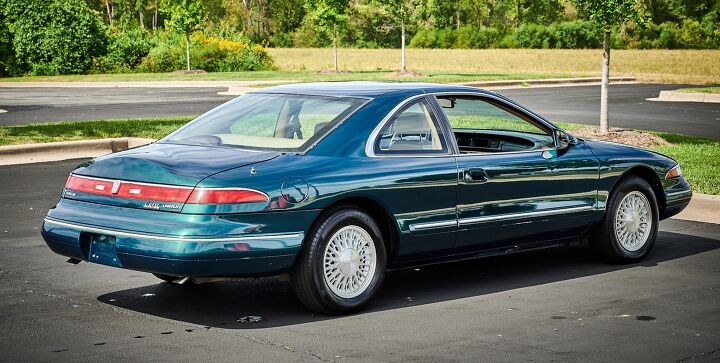





















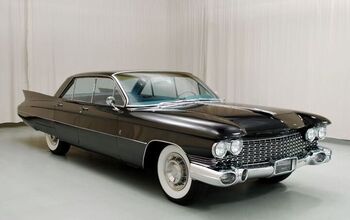
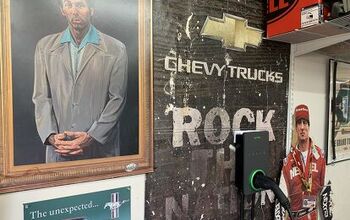
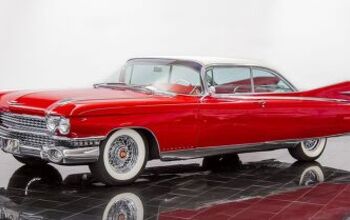
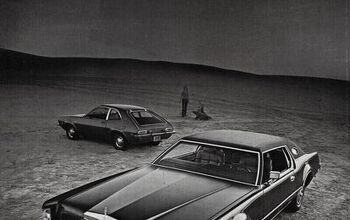
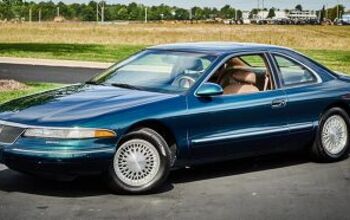
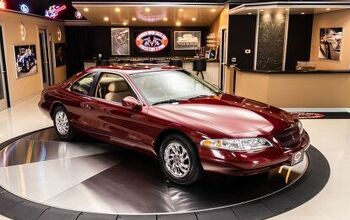
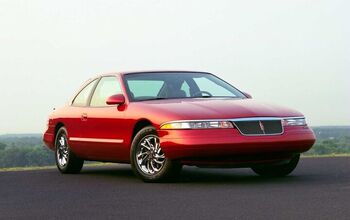
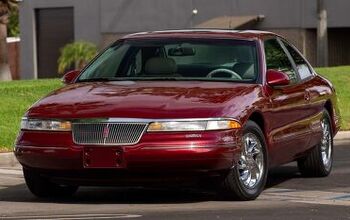
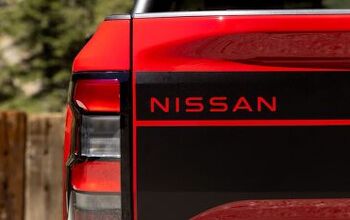









Comments
Join the conversation
And the band on the deck of the "Titanic" played on, this one their 46th song, as the ship sank....
A Riviera Series would be interesting